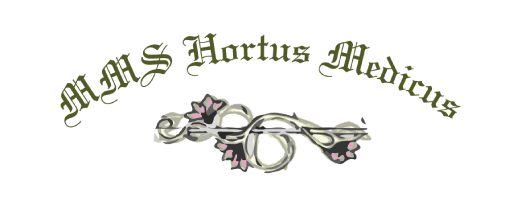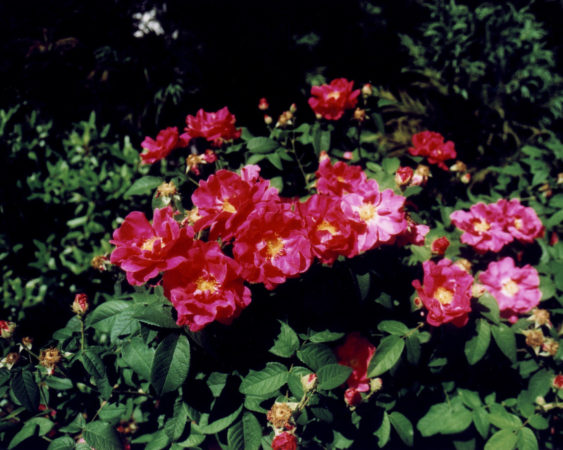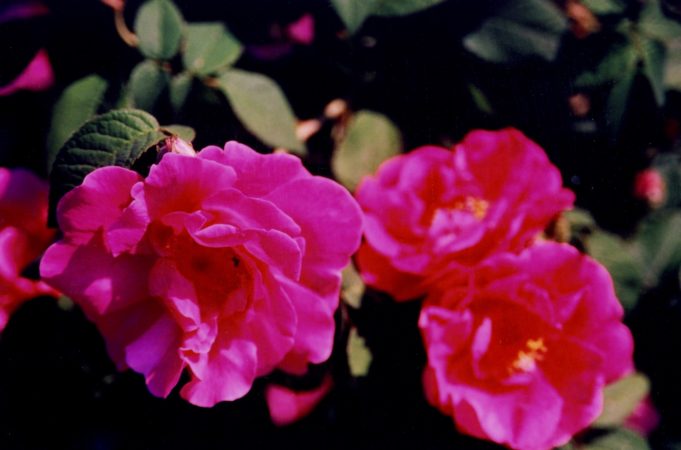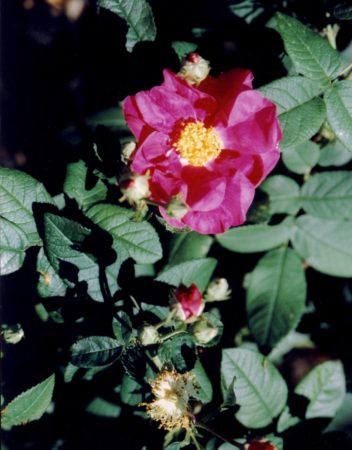Rosa gallica officinalis
A native of Persia (Iran) that was described by the Ancient Greek poet Sappho as “the queen of flowers.” The ancient Romans consumed the petals as food and marinated them in wine to use them as a cure for hangovers. Avicenna, a famous 11th century Arab physician and philosopher living in Spain, prepared rose water from the petals he used in treating his patients for a variety of ailments. Knights returning from the Crusades brought the plant to Europe. It was grown chiefly in monastic gardens for medicinal purposes. In the Middle Ages, the blossoms were used in aroma therapy for the treatment of depression. In the 19th century beginning in the time of Napoleon, French pharmacists grew them in pots at the entrances of their shops, which is why the flower was given the common name Apothecary Rose. It became the professional symbol of the pharmaceutical profession much as the balanced scales became the professional symbol of the legal profession. French druggists dispensed preparations made from this rose to treat indigestion, sore throats and skin rashes.





